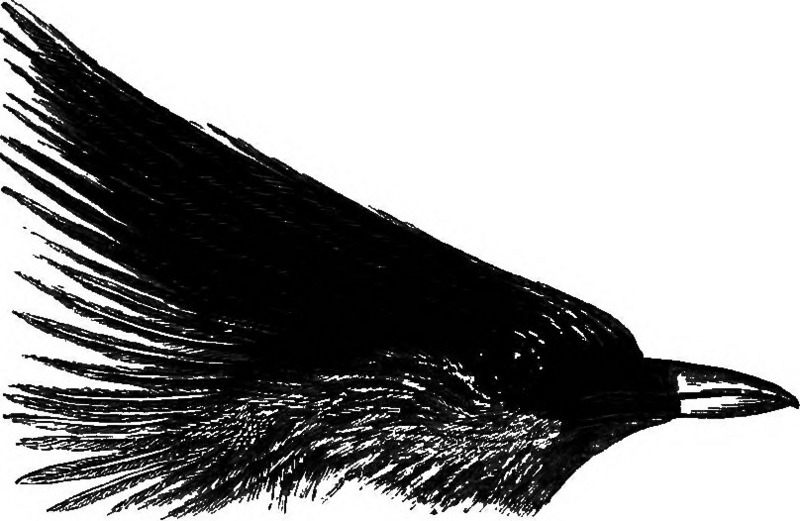|
| Query: bird | Result: 251st of 32675 | |
Birds: brahminy starling (Sturnia pagodarum)
| Subject: | Birds: brahminy starling (Sturnia pagodarum)
| | Poster: | Wiki Photos (---@---.---)
| |

| Resolution: 808x526
File Size: 105675 Bytes
Upload Date: 2017:06:21 15:32:46
|
|
|